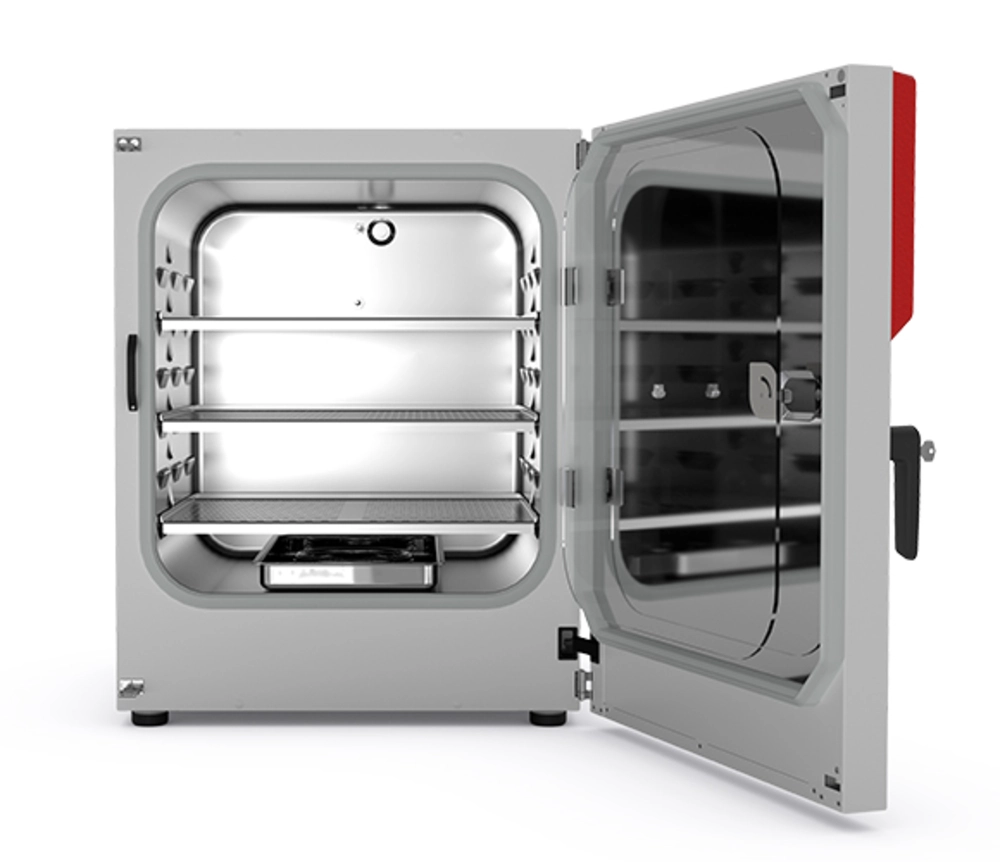CO₂ incubator are essential tools in many laboratories, particularly those involved in cell culture, microbiology, and biotechnology. They provide a controlled environment for the growth and maintenance of cells, tissues, and microorganisms. Maintaining the cleanliness and sterility of these incubators is crucial to prevent contamination, which can affect experimental outcomes and compromise research. One of the key aspects of maintaining a CO₂ incubator is selecting an effective sterilization method. With various sterilization techniques available, choosing the right one can be a daunting task. Lemari Asam by Roland will explore the most effective sterilization methods for CO₂ incubators, highlighting their benefits and drawbacks.
Importance of Sterilization in CO₂ Incubators
Sterilization is necessary for eliminating harmful microorganisms, including bacteria, fungi, and viruses, from the incubator environment. Contaminants can lead to the growth of unwanted organisms that can interfere with cell cultures and experiments. Regular sterilization ensures that the incubator operates in a sterile state, minimizing the risk of contamination and ensuring reproducible and reliable results. A good sterilization method also helps prolong the lifespan of the incubator and its components by preventing the build-up of contaminants that can cause corrosion or damage.
Common Sterilization Methods for CO₂ Incubators
Heat Sterilization (Dry Heat and Steam Sterilization)
Heat sterilization is one of the most widely used and effective methods for sterilizing laboratory equipment, including CO₂ incubators. It works by applying high temperatures to kill microorganisms. There are two types of heat sterilization:
Dry Heat Sterilization: This method involves exposing the incubator to high temperatures (typically between 160°C to 180°C) for an extended period, usually 1 to 2 hours. It efficiently eliminates a wide spectrum of microbes, such as bacteria, fungi, and viruses. Dry heat sterilization is particularly useful for sterilizing the internal surfaces of incubators, as it can penetrate most materials without leaving residues.
Steam Sterilization (Autoclaving): Autoclaving uses pressurized steam to kill microorganisms at temperatures typically around 121°C to 134°C. While steam sterilization is highly effective, it is not suitable for all types of CO₂ incubators, particularly those made of materials sensitive to high humidity or pressure. Steam sterilization can also be more time-consuming compared to dry heat methods.
Pros:
Proven effectiveness for a wide range of microorganisms.
Relatively simple and inexpensive.
Dry heat can penetrate materials without moisture damage.
Cons:
- Precise temperature regulation is necessary to prevent harm to delicate incubator parts.
- Moisture-sensitive incubators are not compatible with steam sterilization methods.
Chemical Sterilization
Chemical sterilization uses various chemical agents to eliminate microorganisms. These agents can be applied as gases, vapors, or liquids. Typical chemical disinfectants comprise hydrogen peroxide, formaldehyde, and ethylene oxide. These agents are particularly useful for CO₂ incubators that may not withstand the high temperatures required for heat sterilization.
Hydrogen Peroxide Vapor (HPV): This method involves the use of hydrogen peroxide vapors to sterilize the incubator. The vapor penetrates surfaces and kills a wide range of microorganisms. HPV is effective in sterilizing incubators without requiring disassembly and is suitable for sensitive equipment.
Formaldehyde Vapor: Formaldehyde serves as a strong sterilizer, capable of neutralizing numerous types of microorganisms. However, its use is becoming less common due to safety concerns and the potential health hazards it poses to laboratory personnel.
Pros:
Effective for sensitive equipment that cannot withstand high temperatures.
No heat-related damage to incubator components.
HPV is effective at sterilizing hard-to-reach areas.
Cons:
- Requires careful handling and ventilation due to potential toxicity and health risks.
- Some chemicals can leave residues or require additional cleaning.
UV-C Light Sterilization
Ultraviolet (UV) light, specifically UV-C, is another method used for sterilization. UV-C light disrupts the DNA of microorganisms, rendering them unable to reproduce and effectively killing them. Many modern CO₂ incubators come equipped with UV-C light systems designed to disinfect the interior of the unit between uses.
Pros:
UV-C light is effective at sterilizing surfaces and air inside the incubator.
Non-toxic and chemical-free.
UV-C light can sterilize without any direct contact with the surfaces.
Cons:
- UV-C light sterilization may not be effective against all types of microorganisms, particularly those that are protected by biofilms.
- The light has limited penetration, meaning it may not reach all parts of the incubator.
- Requires regular replacement of the UV bulbs, adding to maintenance costs.
Ozone Sterilization
Ozone (O₃) acts as a highly reactive oxidant, effective in destroying bacteria, fungi, and viruses. Ozone sterilization works by generating ozone within the incubator, which then circulates and deactivates microorganisms. This method is particularly effective in environments that are sensitive to heat and moisture.
Pros:
Highly effective at killing a broad spectrum of microorganisms.
Ozone sterilization does not leave any residues.
Suitable for heat-sensitive equipment.
Cons:
- If mishandled, ozone poses risks to both equipment and human safety.
- The use and production of ozone demand dedicated equipment and handling systems.
- Limited penetration, making it less effective for sterilizing hard-to-reach areas.
Conclusion: Choosing the Right Sterilization Method
Selecting the most effective sterilization method for your CO₂ incubator depends on various factors, including the materials of the incubator, the types of microorganisms you need to eliminate, and the available resources. Heat sterilization, particularly dry heat, is often the most reliable and cost-effective option, but chemical sterilization, UV-C light, and ozone may be more appropriate for specific situations, such as when dealing with sensitive equipment or ensuring a more thorough disinfection.
Regular sterilization not only protects your experiments and research from contamination but also extends the lifespan of your CO₂ incubator. Consider the advantages and limitations of each method and choose the one that best aligns with your lab’s needs, ensuring that your incubator remains a sterile environment for optimal cell culture and research outcomes.



